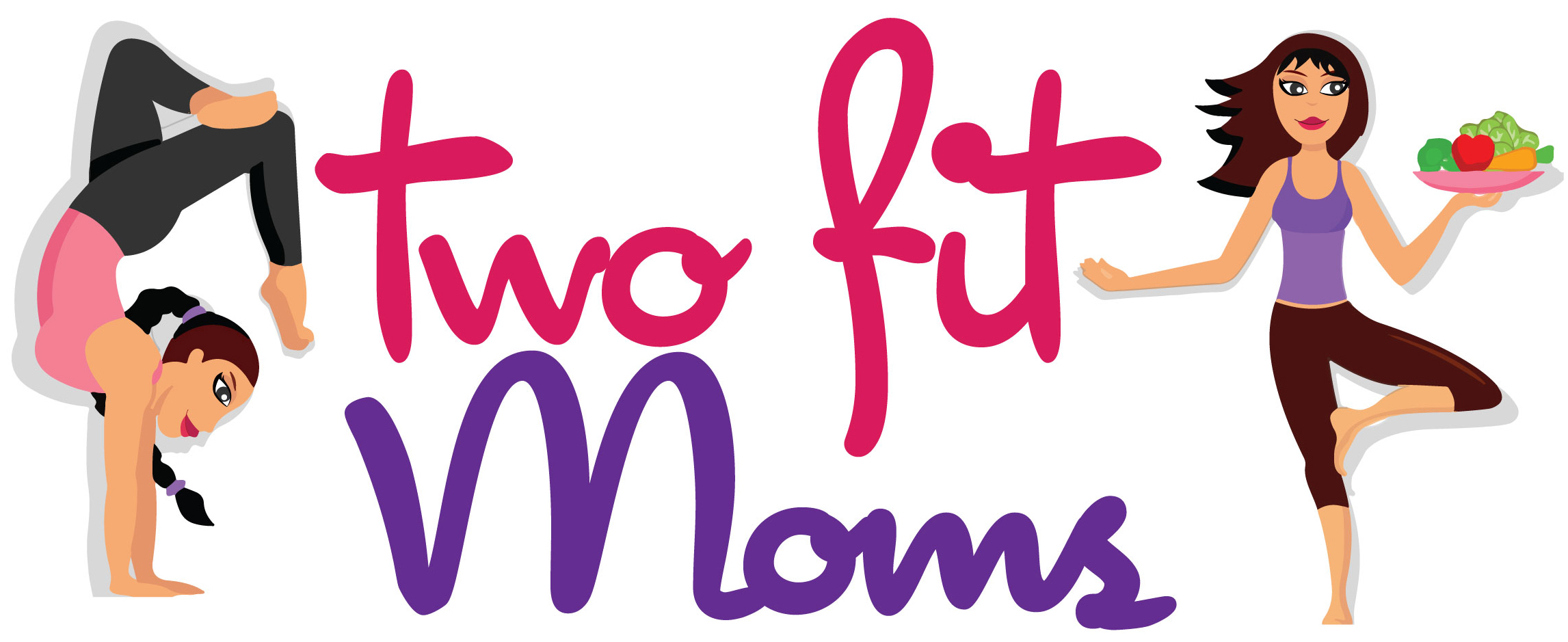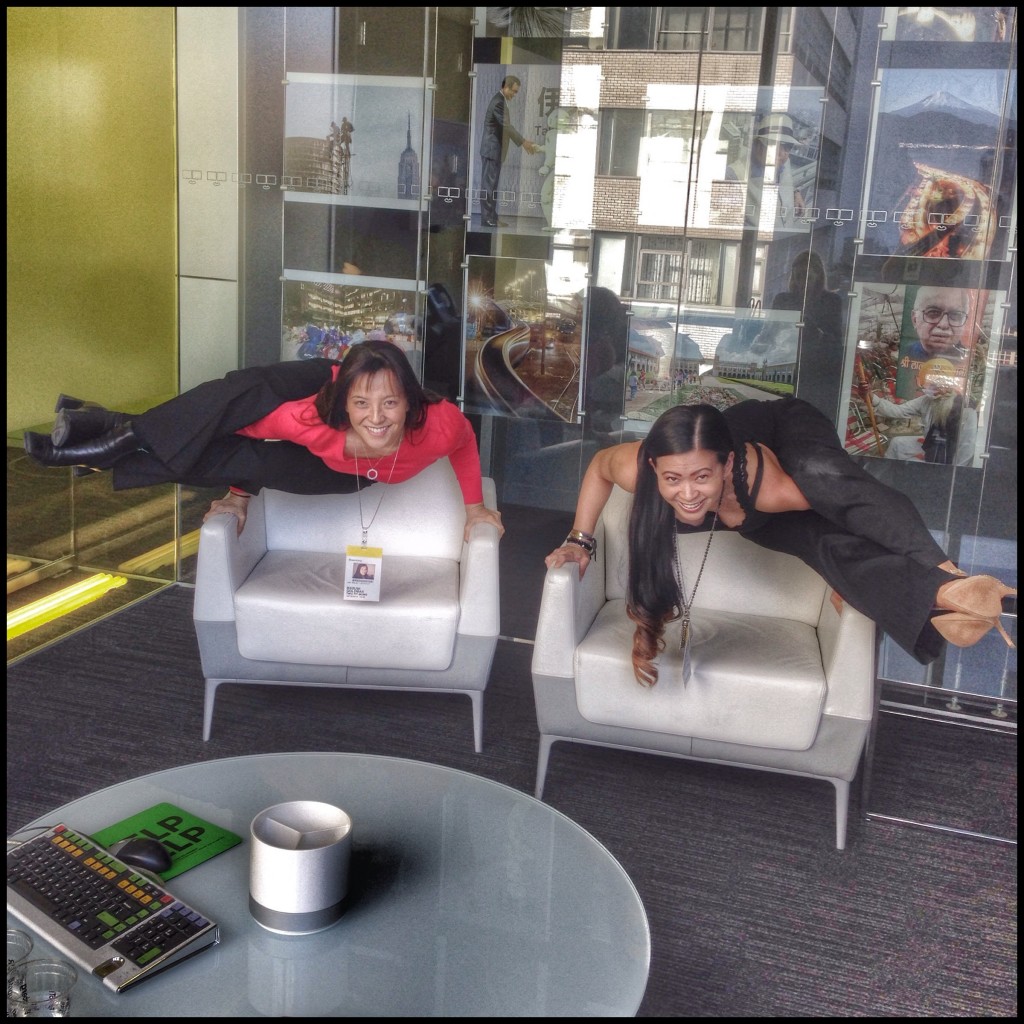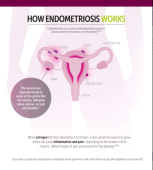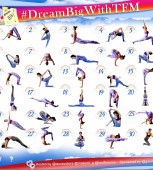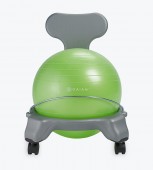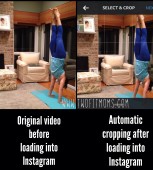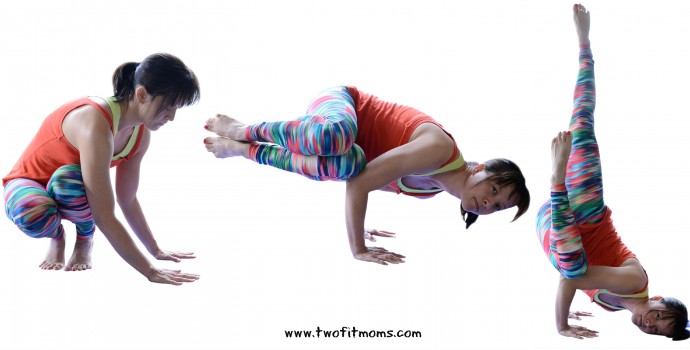
With Valentine’s Day on the horizon, you may be looking to channel your inner cupid. Well, we are here to help. Put on your wings and get ready to enter one of the prettiest yoga poses—Fallen Angel.
Fallen Angel is a great hybrid pose for anyone looking to dabble in the realm of arm balances and inversions — its hybrid nature combines elements of both worlds, resulting in a posture that offers a surprising amount of stability.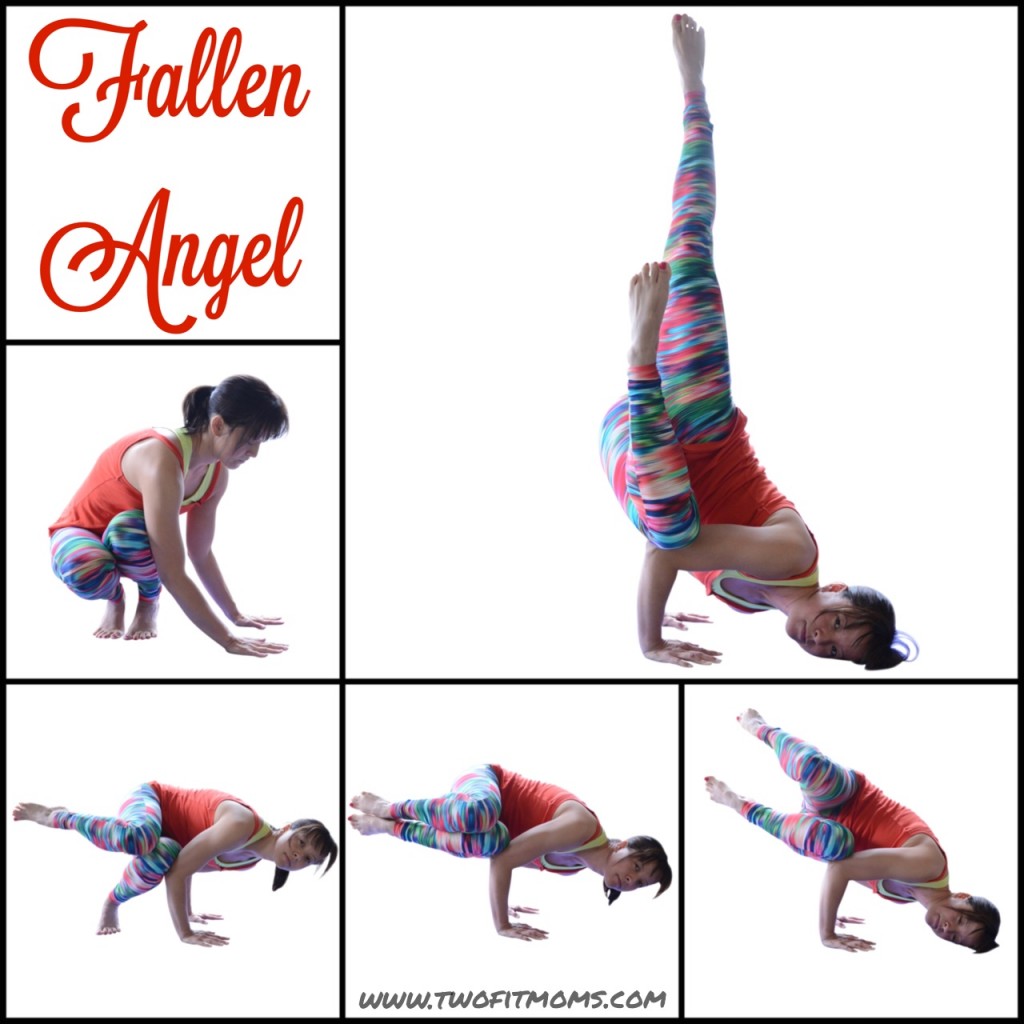
We love teaching this pose because of its beauty and accessibility. A rock solid arm balance practice is not required. Side crow is just a brief moment in the transition to Fallen Angel—it’s okay if you can’t hold it for five long breaths! Likewise, an advanced inversion practice is not a prerequisite for this pose. The arched shape eliminates the possibility of tipping over, which is a common fear for beginners attempting a traditional headstand where the hips are stacked directly over the shoulders.
If you need a bit of a pep talk before getting started, start HERE and read about the empowering nature of arm balances. Once you are inspired, warm up your body by doing a few rounds of Sun Salutations and a series of twists. You are now ready to move forward.
Step 1
Lower your body into a squat, resting on the balls of your feet. Twist your body to the left, placing your hands onto the mat so that the outside of your left thigh rests along your triceps.
Step 2
Begin to lean and shift weight onto your hands, being mindful to keep your elbows squeezing inward. If you are comfortable, slowly lift your right foot from the mat.
Step 3
Here is your (modified) side crow transition! It’s modified because you are resting your left thigh across both triceps rather than on just the right tricep. If you are unable to hold this balance for long, don’t worry. Move right on through to step 4.
Step 4
Slowly lower the left side of your head onto the mat, and see if you can lift your right leg off of your left leg even by just an inch or two. If that goes well, keep lifting the right leg, extending it straight into the air.
Step 5
The left thigh will remain on the back of the right arm throughout the pose, but you will need to rotate the left leg a bit in order to be able to point the left leg up to the sky. In the final expression of the pose, the left leg is parallel to the right leg.
